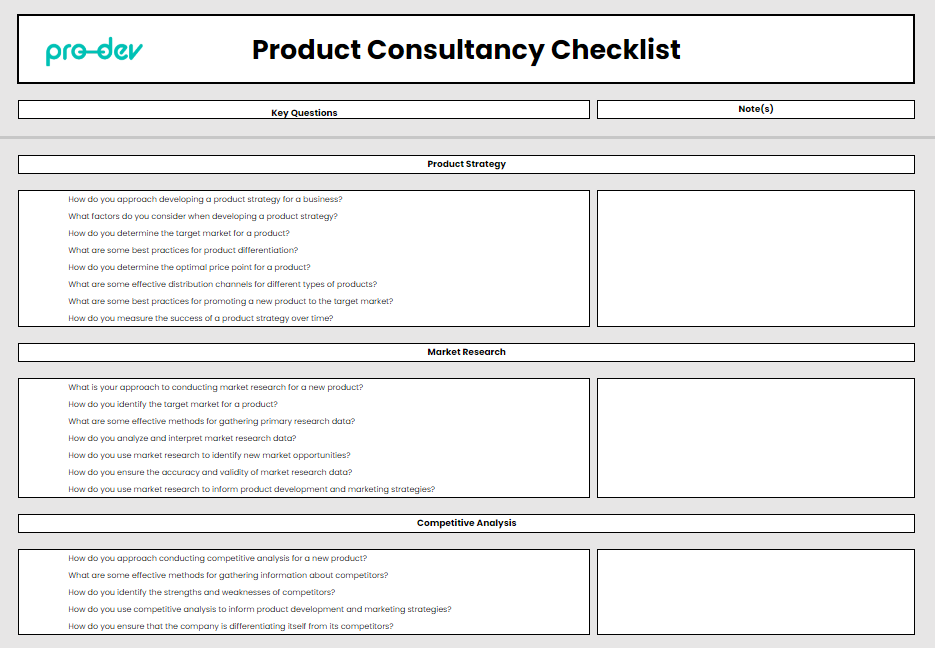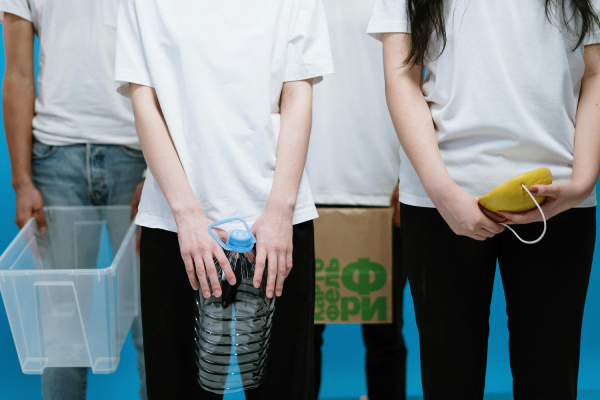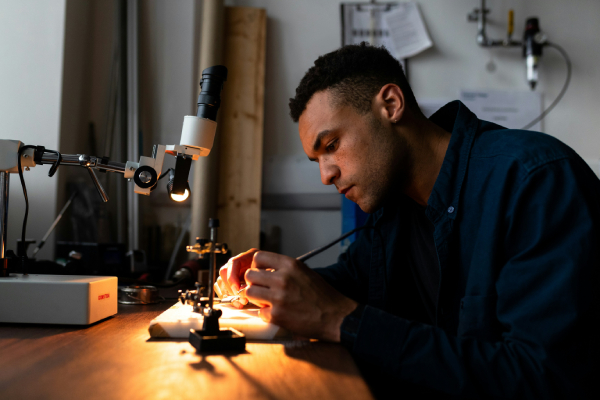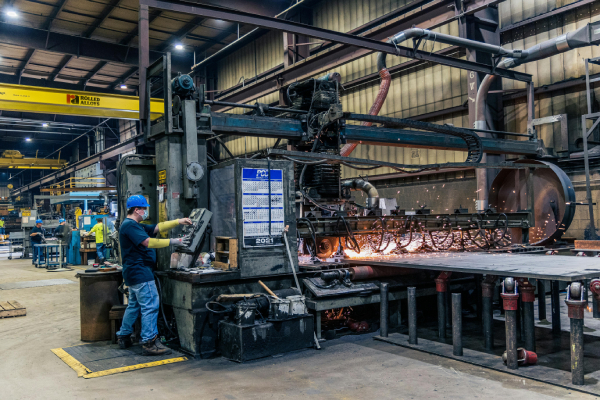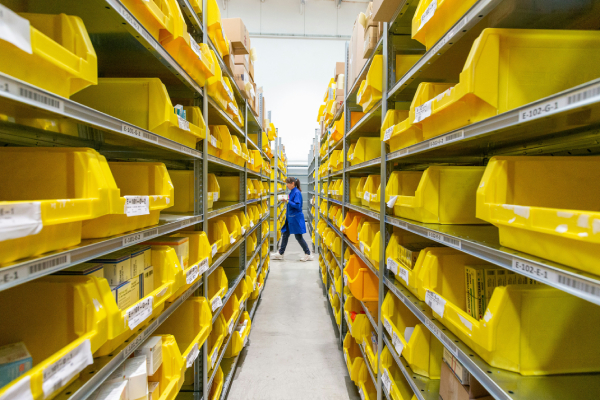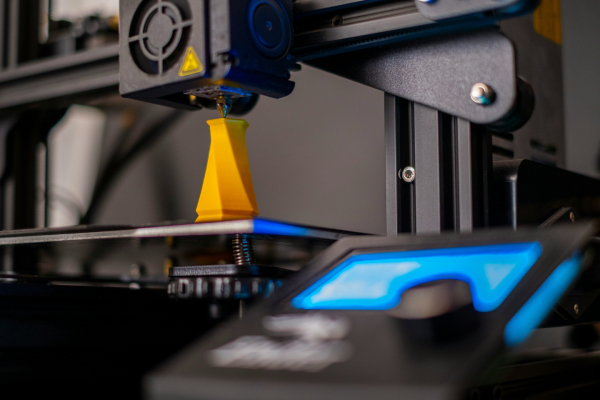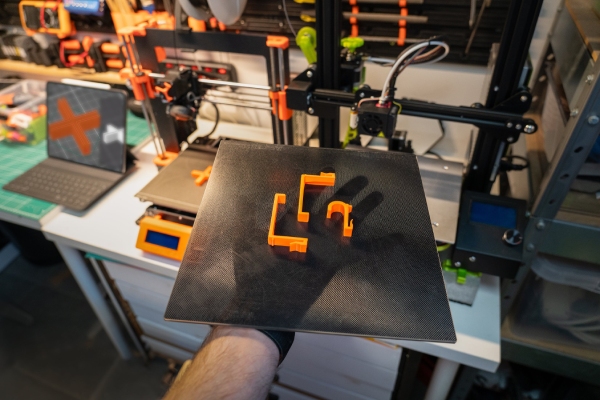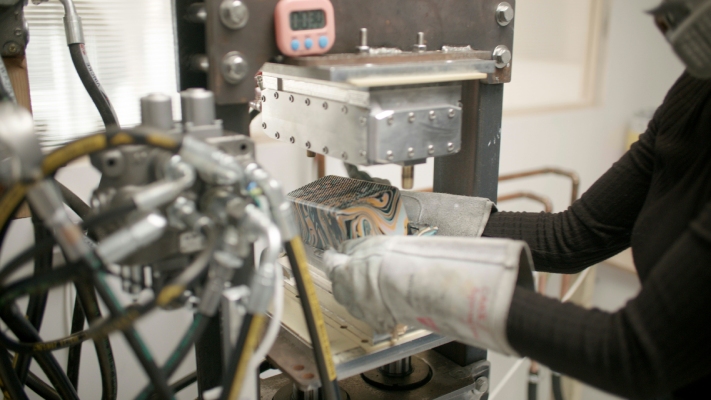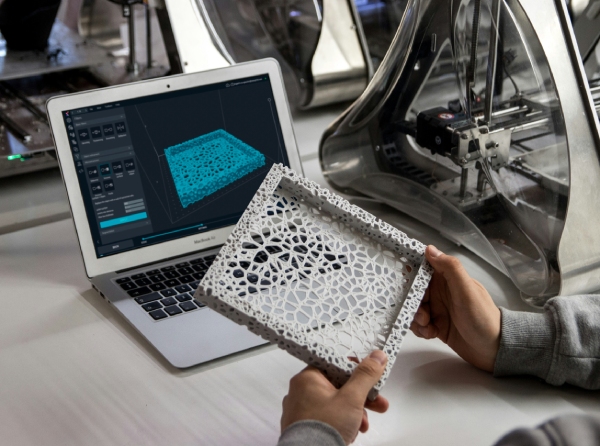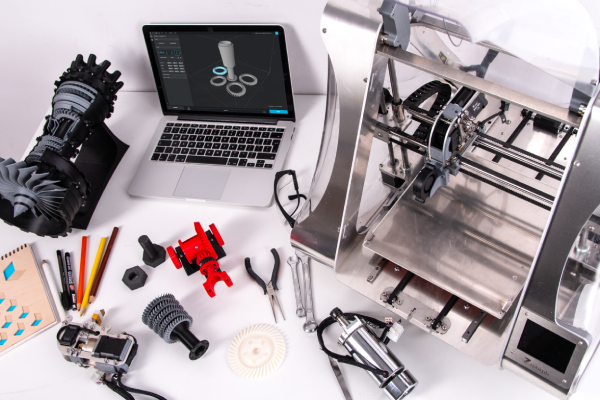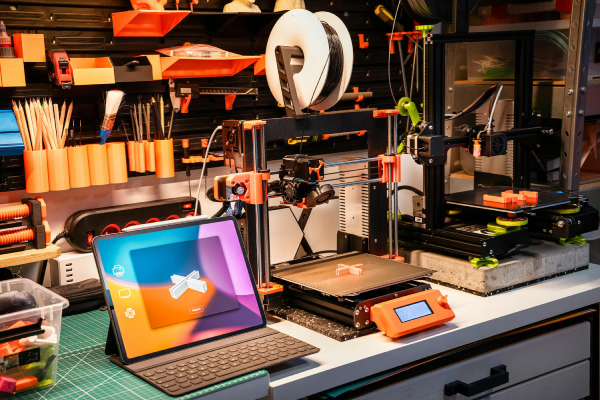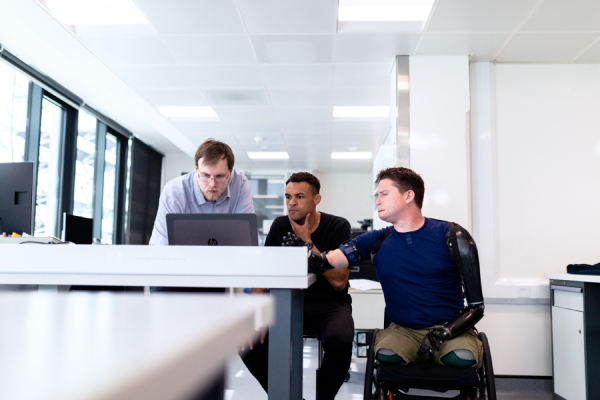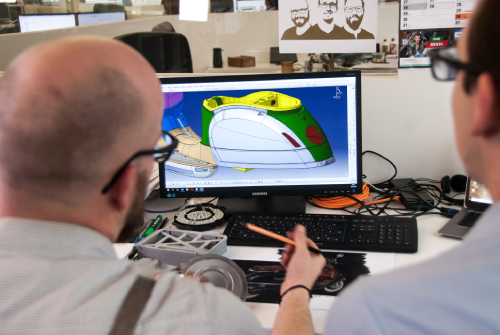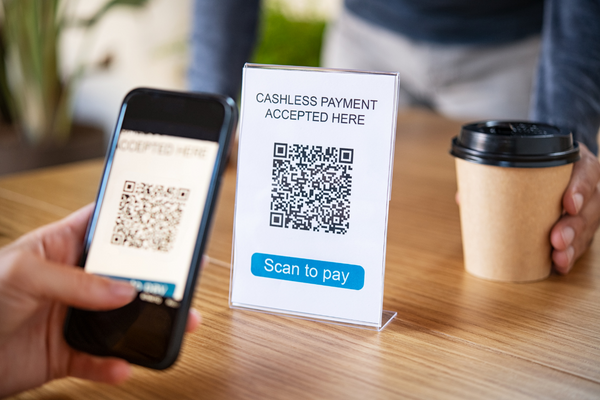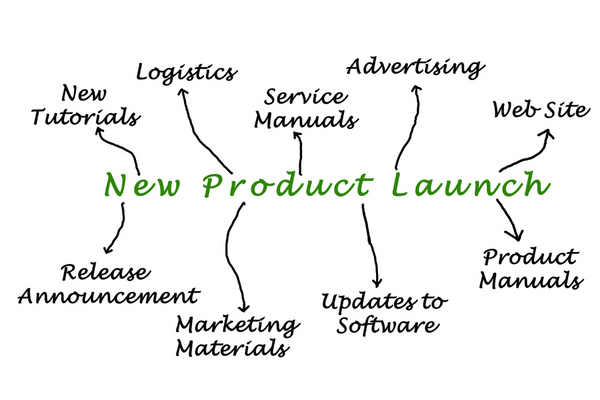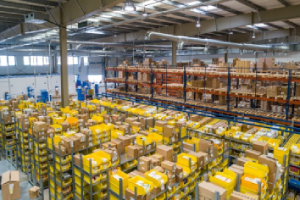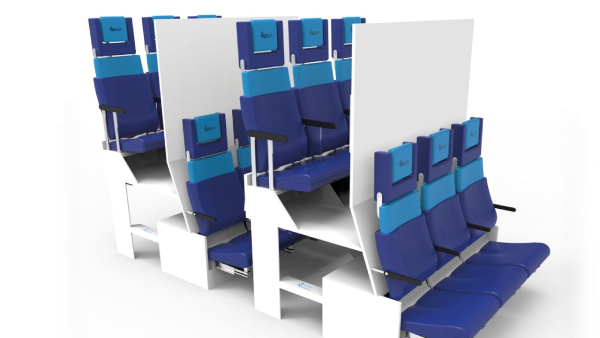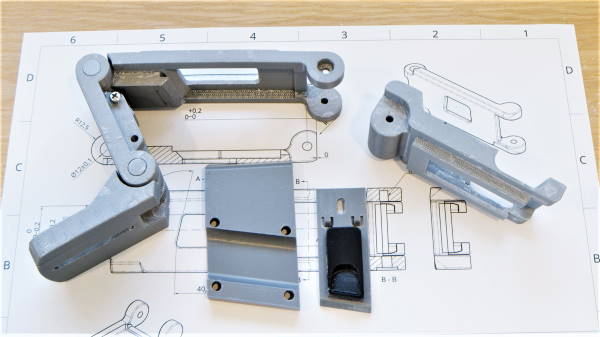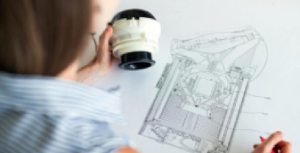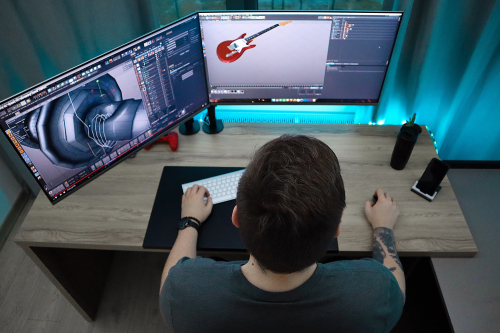 Emotional connection is crucial in product design because it can influence a consumer's buying and using a product. A product creates a positive emotional experience, resulting in greater customer loyalty and repeat business. Emotions can also drive consumer behaviour, leading to a desire to share positive experiences with others and increased brand awareness and word-of-mouth marketing.
Emotional connection is crucial in product design because it can influence a consumer's buying and using a product. A product creates a positive emotional experience, resulting in greater customer loyalty and repeat business. Emotions can also drive consumer behaviour, leading to a desire to share positive experiences with others and increased brand awareness and word-of-mouth marketing.
Furthermore, emotional connection can help differentiate products in a crowded market. When a product evokes strong positive emotions, it can stand out from competitors and create a unique value proposition. Emotional connection can also foster a deeper relationship between a consumer and a brand, leading to long-term brand loyalty and advocacy.
In short, emotional connection can be an influential factor in driving product success. Designers who prioritise emotional connection in their work may see more significant results in customer satisfaction, loyalty, and business success.
1. Understanding Your Target Audience
Understanding your target audience is a critical component of creating products that resonate with consumers on an emotional level. By gaining insights into your audience's needs, preferences, and behaviours, you can design products that meet their emotional needs and create a deeper connection with your consumers.
Effective audience research involves a combination of methods, including surveys, interviews, social media analysis, and contextual observation. By analysing this information, you can better understand your audience's emotional needs and motivations, which can help guide product development and design.
In this process, it is essential to consider not only the practical features of your product but also the emotional impact it has on your target audience. By designing products that address the emotional needs of your consumers, you can create a stronger emotional connection with your audience and increase engagement with your brand.
Researching Your Target Audience
By researching your target audience, you can gain insights into their emotional needs and develop products that resonate more deeply. Effective audience research can lead to a better understanding of your audience, increased engagement, and, ultimately, tremendous success in the marketplace.
Define Your Target Audience
Identify your ideal customer based on demographics, psychographics, and other relevant factors.
Surveys and Interviews
Surveys and interviews can provide valuable insights into your audience's needs, preferences, and pain points.
Social Media and Website Data
Use analytics tools to track website traffic and social media engagement to gain insights into your audience's behaviour.
Competition
Analyse your competitors to gain insights into how they meet your audience's needs and identify opportunities for differentiation.
2. User Experience
User experience (UX) is critical in creating an emotional connection with consumers. UX is a consumer's overall experience with a product, from when they first encounter it to when they stop using it. A positive UX can elicit positive emotions in consumers, strengthening the emotional connection between the consumer and the product.
Creating a positive UX is essential to understanding your audience's needs and preferences. You can design a UX that meets your audience's emotional needs and expectations by conducting audience research and analysing user behaviour.
A good UX design should be intuitive, easy to use, and aesthetically pleasing. It should also give the user a sense of pleasure or satisfaction through gamification, personalisation, and social connection.
A UX that creates an emotional connection with consumers can also lead to greater brand loyalty, repeat business, and positive word-of-mouth. By prioritising UX design and creating an emotional connection with your consumers, you can set your brand apart in a crowded marketplace and increase the likelihood of long-term success.
Designing For Ease of Use and Enjoyment
Designing for ease of use and enjoyment is essential in creating products that resonate emotionally with consumers. Easy-to-use products that are enjoyable to interact with can create positive emotional experiences for users, leading to increased engagement and loyalty.
Simplicity
Avoid overwhelming users with too many features or options. Simplify the user interface to make it intuitive and easy to navigate.
User Goals
Understand your users' goals and design your product to help them achieve them. This will help ensure that users find your product valuable and enjoyable.
Visual Design
Use colours, typography, and other visual elements to create a visually pleasing experience that enhances the user experience.
Gamification
Incorporate gamification elements such as badges, points, or levels to make the user experience more enjoyable and rewarding.
Test And Iterate
Continuously test and iterate your product to identify areas for improvement and optimise the user experience.
Check this related article out: Product Management
3. Storytelling
Storytelling is a powerful tool for building emotional connections with consumers. By telling stories that evoke emotions and tap into human experiences, brands can connect with their audience more deeply. Storytelling can also be used in product design to enhance user experience and make products more engaging and memorable. Product designers can create a cohesive brand identity and emotional connection with users.
Incorporating Storytelling into Product Design
It is always helpful to explore ways to incorporate storytelling into product design to create more meaningful and memorable user experiences.
Brand Story
The brand's story, mission, and values. This will help shape the product design and create a cohesive brand identity.
Visual Storytelling
Visual storytelling can create a narrative through images, graphics, and animations. For example, a website or app could use visual storytelling to guide the user through a journey or showcase a product's features.
User Stories
User stories can help create empathy and emotional connections with the user. This can be achieved by incorporating user testimonials, reviews, or case studies into the product design.
Product Packaging
Product packaging can be used for storytelling by incorporating graphics, images, or text that tell the brand story or showcase the product's features.
Brand Persona
A persona can help humanise the brand and create an emotional connection with the user. The persona can guide the product design and create a consistent voice and tone across all brand touchpoints.
Read this related article: A Complete Guide to Industrial Design Storyboard
4. Design for the Senses
The senses - sight, smell, taste, touch, and sound - play a crucial role in creating emotional connections between a product and its users. These sensory experiences can evoke emotions and memories, making products more engaging and memorable for users. By incorporating the senses into product design, designers can create a more immersive and emotional experience that resonates with users on a deeper level.
Creating a Multi-Sensory Experience
By combining these sensory experiences, designers can create a more cohesive and impactful product that engages users on multiple levels. For example, a restaurant could combine visual design, scent, taste, and sound to create a unique and memorable dining experience. By appealing to multiple senses, designers can create an emotional connection with users, making the product more engaging and memorable.
Sight
Visuals are a powerful tool for creating emotional connections, as they can evoke feelings of happiness, excitement, or even nostalgia. Product designers can use colours, shapes, and images to create a visually appealing product that resonates with the user.
Smell
Smell is closely linked to memory and emotions. By incorporating scents into a product, designers can create an emotional connection with the user. For example, a perfume or candle that smells like a user's childhood home can evoke comfort and nostalgia.
Taste
Taste is another powerful sense that can evoke emotions and memories. Food and beverage products can use flavours to create emotional connections with the user. For example, a coffee brand that uses a unique blend of flavours can create a memorable experience that resonates with the user.
Touch
The tactile experience of a product can create emotional connections by evoking feelings of comfort, pleasure, or excitement. Texture, weight, and temperature can all impact the user's emotional response to a product.
Sound
Sound can create emotional connections by evoking feelings of relaxation, excitement, or nostalgia. Product designers can use music, sounds, or even the sound of a product's packaging to create a memorable experience that resonates with the user.
Related article: What is Product Design and How Does it Work?
5. Brand Personality
Brand personality is a set of human characteristics and traits associated with a brand, and it is how a brand communicates its values, beliefs, and personality to its target audience. The importance of brand personality in emotional connection is that it helps users relate to the brand on a more personal and emotional level.
Using Design Elements to Convey Personality
Design elements are crucial in conveying a brand's personality to its users. Designers can create a more cohesive and impactful brand identity that resonates with users by using design elements that align with the brand's personality. Here are some design elements that can be used to convey personality:
Typography
The font choice can communicate a brand's personality, whether playful, serious, elegant, or modern. A brand that wants to convey a fun and playful personality may use a bold, whimsical font. In contrast, a brand that wants to convey a professional and severe personality may use a classic, traditional font.
Colour
Colour can evoke different emotions and associations, making it a powerful tool for conveying personality. A brand that wants to convey a youthful and energetic personality may use bright, vibrant colours. In contrast, a brand that wants to convey a sophisticated and elegant personality may use muted, subdued colours.
Imagery
The use of imagery can also communicate a brand's personality. A brand that wants to convey a playful and adventurous personality may use whimsical illustrations. In contrast, a brand that wants to convey a professional and severe personality may use high-quality photography.
Layout and Composition
The layout and composition of a design can also communicate a brand's personality. A brand that wants to convey a modern and innovative personality may use asymmetrical layouts and bold, unconventional compositions. In contrast, a brand that wants to convey a traditional and classic personality may use more symmetrical and structured layouts.
6. Cultural Considerations
Cultural differences can significantly impact how individuals experience and express emotions. Emotions are shaped by cultural norms, values, and beliefs and can vary widely between different cultures.
Different cultures have different display rules for expressing emotions in public. Some cultures may encourage individuals to express emotions openly, while others may value emotional restraint and self-control. This may also impact the way emotions are valued and perceived. Happiness may be highly valued in some cultures, while other emotions, such as sadness or anger, maybe more acceptable in others.
Cultural differences influence how emotions are transmitted and shared among individuals. Some cultures may have more collective or communal expressions of emotion, while others may place more emphasis on individual emotional experiences.
Designing For a Global Audience
Designing for a global audience is critical for any product or service that engages users from different regions and cultures. It requires an understanding of the diverse needs and preferences of the target audience, as well as the ability to adapt the design to meet those needs. Designing for a global audience involves overcoming language barriers, adapting to cultural differences, and creating a scalable and flexible design. By incorporating these considerations into the design process, designers can create products and services that are effective, engaging, and resonate with users from around the world.
Extensive Research
Before designing for a global audience, it is essential to conduct extensive research to understand the target audience's cultural norms, values, and preferences. This includes researching the local language, customs, and user behaviours.
Universally Symbols and Icons
To overcome language barriers, designers should use recognisable symbols and icons across different cultures. This includes using icons for navigation, such as the hamburger menu or magnifying glass, which are widely recognised by users worldwide.
Localisation
Localisation involves adapting a product or service to meet a specific audience's language and cultural needs. This includes translating the user interface, using local currency and measurements, and adapting content to local customs and traditions.
Scalable Design
A scalable design can be easily adapted to meet the needs of different cultures and languages. This includes designing for flexibility, using a modular design system, and creating a design that can be easily adapted to different languages and cultural contexts.
Test With Diverse Users
To ensure the design is effective for a global audience, testing with diverse users from different cultures and backgrounds is essential. This includes conducting user testing with participants who speak different languages, have different cultural backgrounds, and live in different regions.
Conclusion

The potential impact of emotional connection on product success cannot be overstated. When users feel emotionally connected to a product, they are likelier to use it, recommend it to others, and remain loyal to the brand. Emotional connection drives user engagement, increases retention rates, and boosts overall satisfaction.
It is essential to understand the target audience, their emotional needs, and the cultural nuances that may influence their perceptions and behaviours to design for emotional connection. Incorporating storytelling, designing for ease of use and enjoyment, creating a multi-sensory experience, and using design elements to convey personality can all contribute to emotional connection.
Additionally, designers should consider the importance of user experience, localisation, and scalability when designing for a global audience. By incorporating these considerations into the design process, designers can create products and services that engage users from different regions and cultures.
About Pro-Dev
Pro-Dev is your One-Stop Solution for Industrial Design and Product Development in NZ. Pro-Dev works closely with all stakeholders to ensure the highest quality standard and uses independent compliance testing labs to meet compliance requirements for all the markets where the product will be sold (USA, EU, AU, NZ, Canada).
Our one-stop solution to industrial design in New Zealand and the international community makes us an intelligent choice for any project from start to finish.
